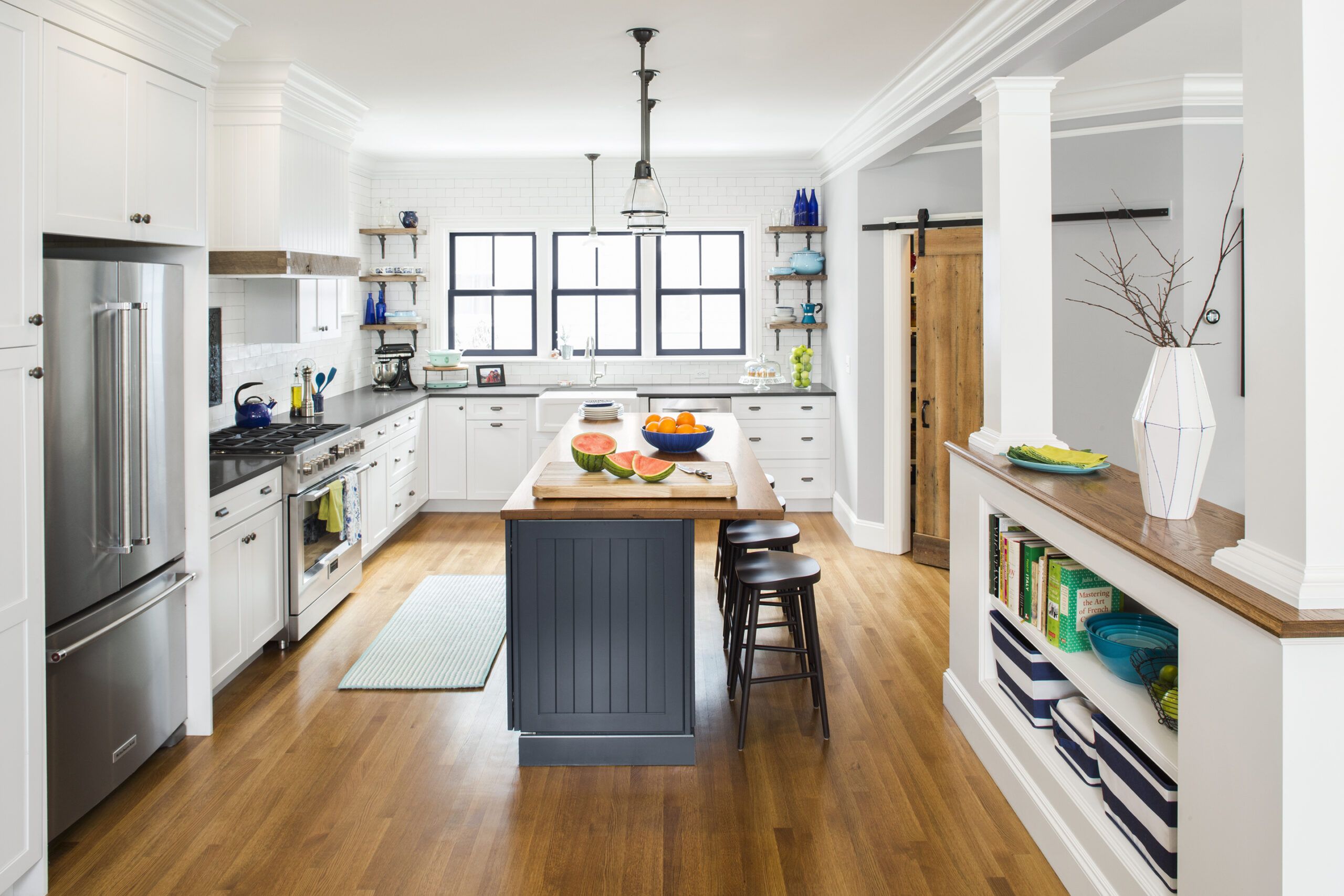A kitchen remodel can be a really inspiring but stressful home improvement project. It’s among the most expensive rooms to renovate, with even partial upgrades costing thousands of dollars. Our guide offers some budget-friendly strategies, design tips, and important considerations to help you create the kitchen of your dreams without breaking the bank.
Budget-Friendly Strategies for Kitchen Remodeling
Here are our top tips for getting the most bang for your buck.
Paint and Save on Cabinets
New cabinetry often accounts for a big portion of kitchen remodel costs, typically costing several thousands of dollars. If you’re satisfied with your cabinets’ current layout, consider simply cleaning them and applying a fresh coat of paint instead of replacing them entirely. If you’re not skilled at painting, hiring a professional painter costs considerably less than purchasing new custom cabinetry.
Splurge on a Quality Faucet
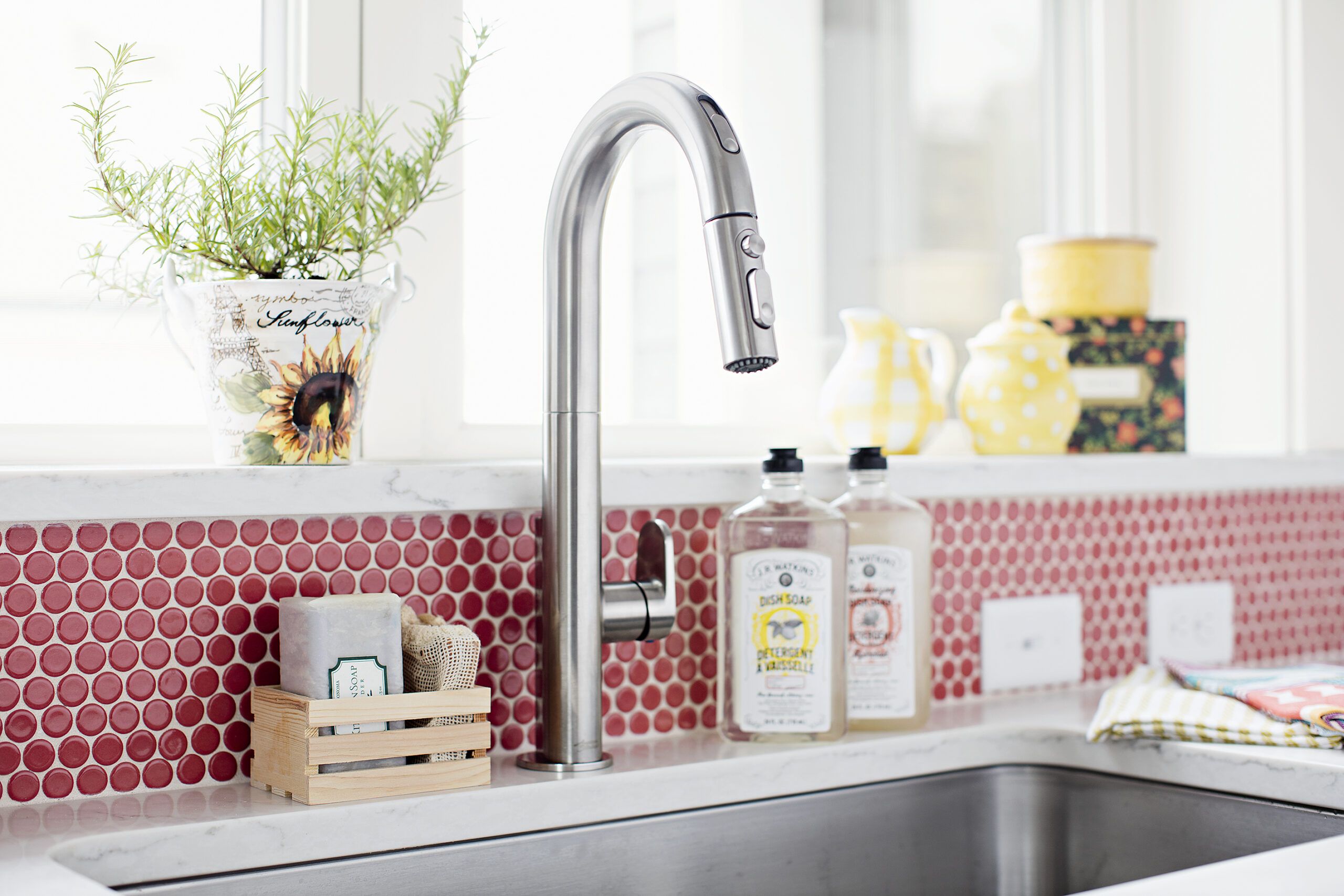
The kitchen faucet is one of your home’s most frequently used fixtures, so it’s worth investing in a high-quality, durable model that looks nice and holds up well. Opt for a premium brand with single-handle operation for convenience and easy use. If your sink is in front of a window, check the faucet and handle clearances for a proper fit without hitting your knuckles on the windowsill.
Faucets with touchless operation help maintain cleanliness by minimizing contact with the handle. This is particularly useful for avid home cooks or those with kids.
Prep Before You Paint
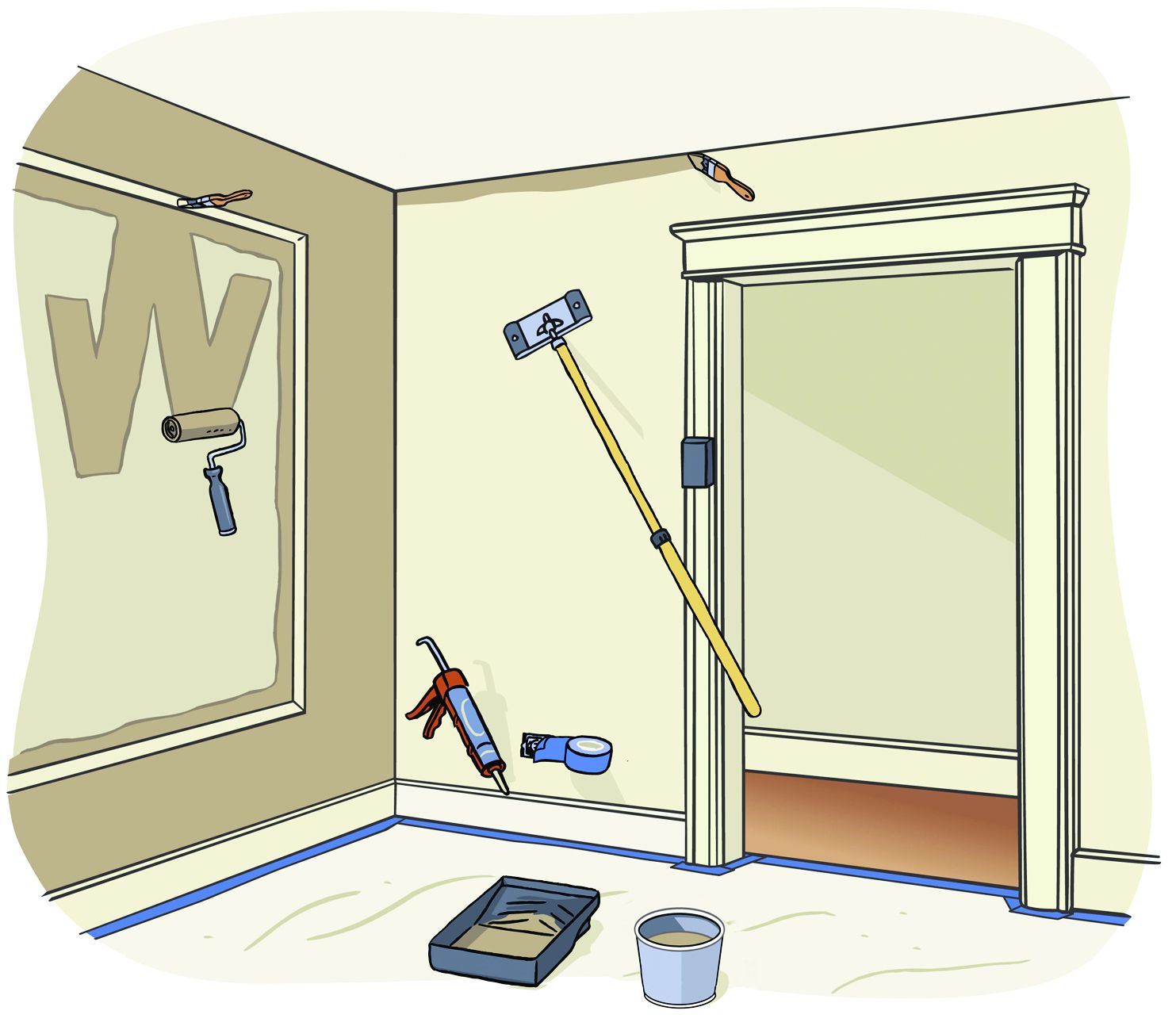
Proper preparation is key to a successful paint job. Follow these tips for the best results:
- Choose the right sheen for each surface. Semi-gloss works well for trim, satin for painted cabinets, and eggshell for walls.
- Prepare surfaces before painting. Sand uneven areas, fill nail holes, and caulk all seams. Give surfaces a wipe-down with a damp cloth to remove grease and dust. Let them dry thoroughly before painting.
- Paint the kitchen before installing cabinets and backsplash to reduce labor costs and provide clean lines where they meet the wall.
Taking the time to prep will prevent imperfections and promote longer-lasting results.
Choose a Functional Backsplash

Your kitchen backsplash is an opportunity to express your style. Subway tiles offer a classic look, but you can modernize them with oversized tiles or unique layouts, such as vertical or herringbone patterns. Mosaic tiles create intricate designs but require more maintenance due to numerous grout lines. Alternative materials such as glass, metal, stone, or beadboard paneling can add unique texture and visual interest.
Choose a backsplash that reflects your taste, has broad appeal, and is easy to maintain, especially if you plan to sell your home.
Don’t Skimp on Lighting
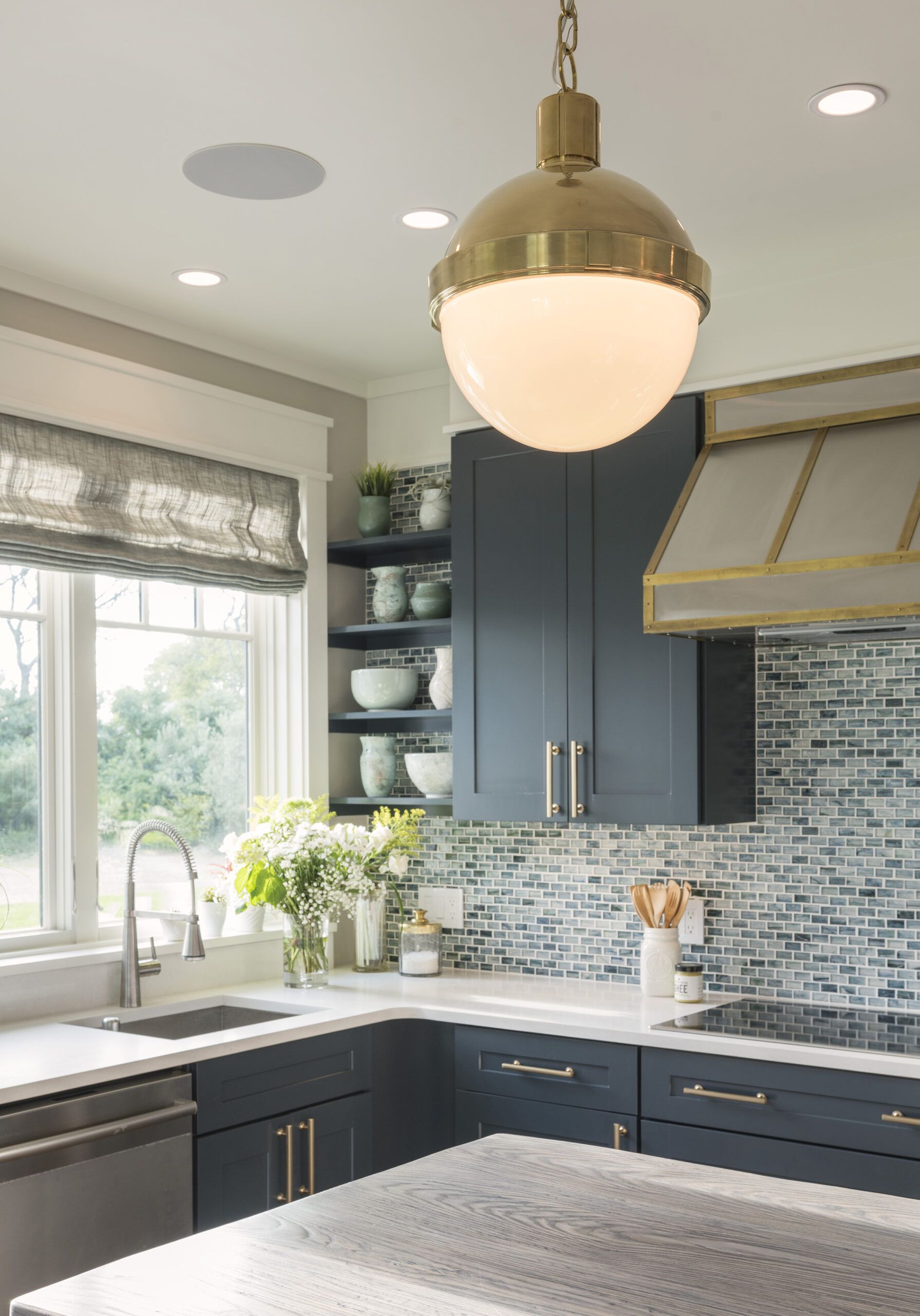
Lighting aids in both ambiance and functionality. These three lighting types look polished while helping illuminate your workspace:
- Recessed ceiling fixtures: Spaced well, these light the entire room.
- Under-cabinet lighting: These provide task lighting for countertops and highlight design elements.
- Pendants or ceiling fixtures: This type brightens work zones such as islands, peninsulas, and sinks and comes in many decorative options.
Dimmers can be a worthwhile investment, allowing you to adjust lighting levels for different tasks and moods. Choose energy-efficient LED lighting to save on energy costs in the long run.
Think About Wood-Like Flooring Alternatives
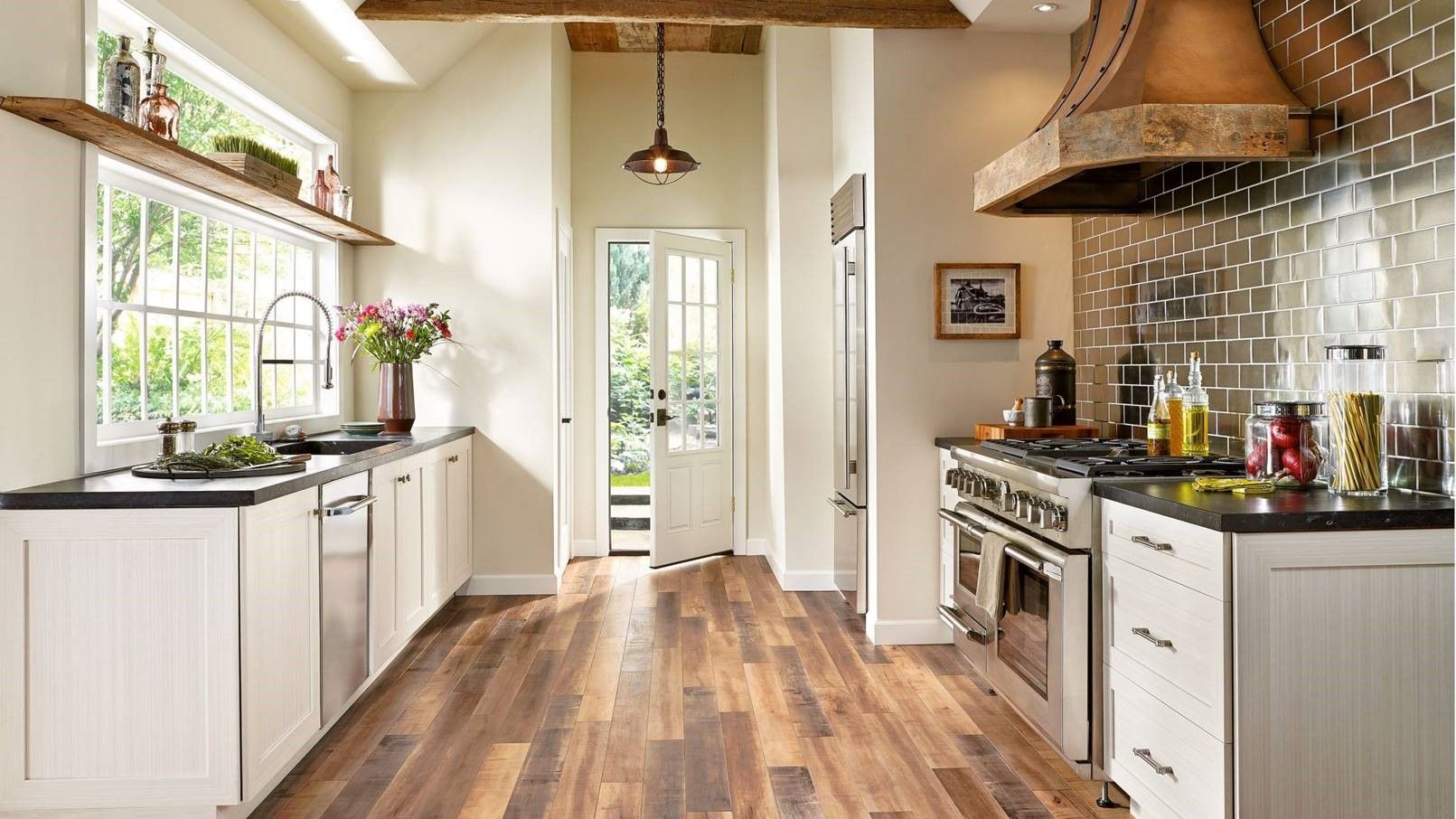
While hardwood floors are timelessly beautiful, they can be expensive and prone to damage in high-traffic kitchen areas. Here are some alternatives:
- Porcelain tile: Durable and easy to clean, available in various designs, including convincing wood and stone looks
- Luxury vinyl planks (LVP): Offer the appearance of wood with enhanced durability and water resistance
- Laminate flooring: Provides a wood-like look at a lower cost, with improved moisture resistance compared to traditional hardwood
Cork flooring is another excellent alternative. It’s eco-friendly and provides a comfortable, resilient surface warmer underfoot than traditional tiles.
How To Set a Budget for a Kitchen Remodel
Add up the cost of your desired kitchen design and compare it to what you can realistically afford. Research the quality and value of kitchens in comparable homes in your neighborhood to confirm your investment aligns with local market standards.
Think about how long you plan to stay in your home and consider the potential return on investment if you plan to sell soon. Factor in unexpected costs by setting aside 10%–20% of your budget for contingencies. Prioritize your must-have features and be prepared to compromise on non-essential elements if necessary.
Tips For a Kitchen Gut Job
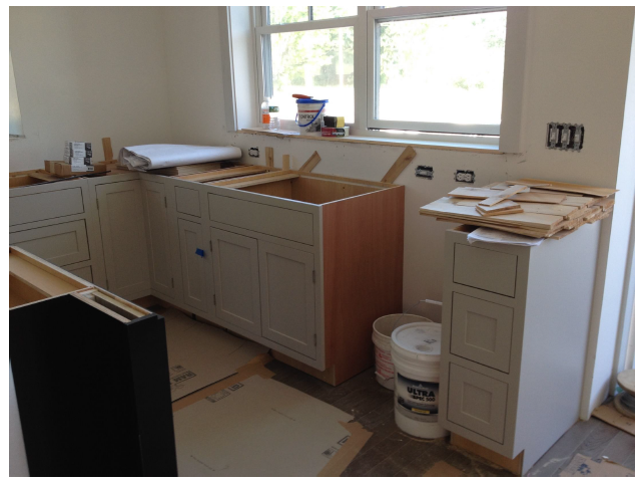
A complete kitchen renovation is an opportunity to make significant changes to your space, including altering the layout, updating electrical and plumbing systems, and addressing any underlying structural issues. However, you should weigh the benefits against the additional costs associated with demolition, disposal, and reconstruction.
Insulate Well Before Putting Up Walls
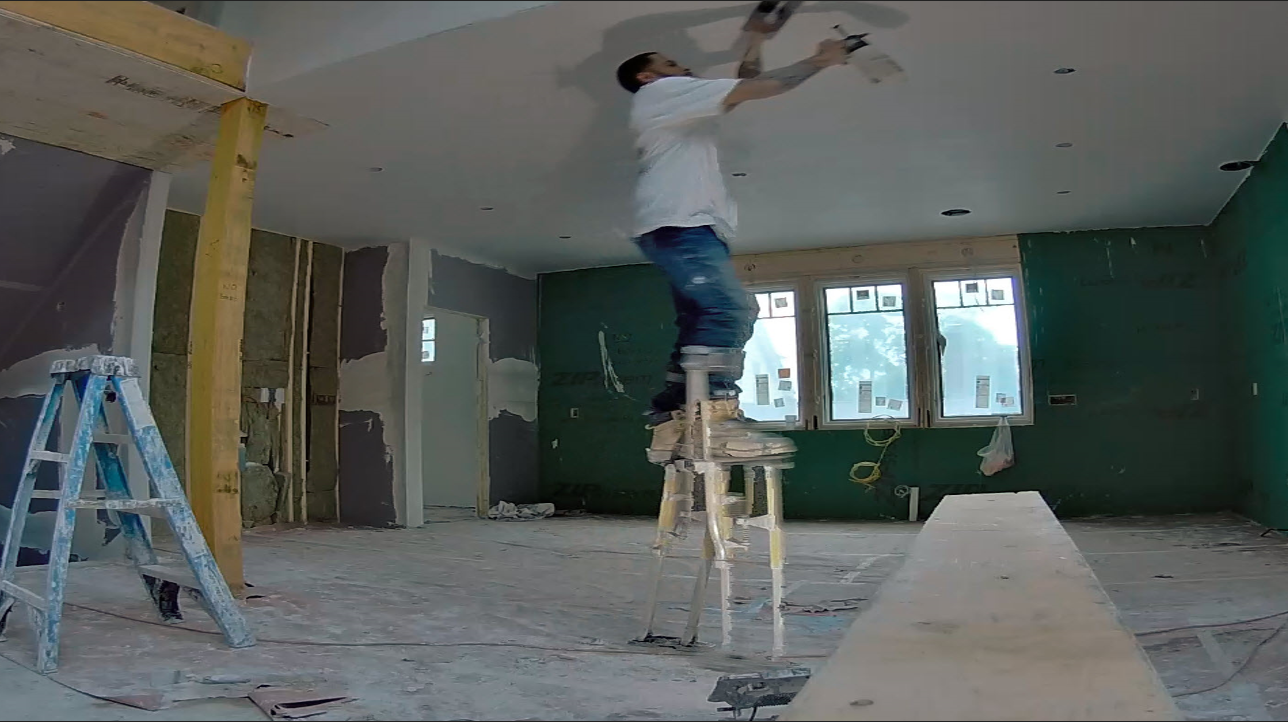
During a gut renovation, taking advantage of exposed walls allows for improved insulation, which can lead to long-term energy savings. Consider options such as spray foam insulation, which offers superior temperature control and draft prevention but comes at a higher cost, or fiberglass batt insulation. This more budget-friendly option still provides effective insulation when properly installed.
Stone wool insulation is another choice, offering excellent sound-dampening properties and thermal insulation. Before closing up the walls, make sure that your contractor addresses any ceiling unevenness and uses screws instead of nails to install drywall, reducing the risk of nail pops in the future. Adding a vapor barrier can also help protect your home from moisture issues, particularly in kitchens where water and steam are prevalent.
Get the Look of High-End Cabinets for Less
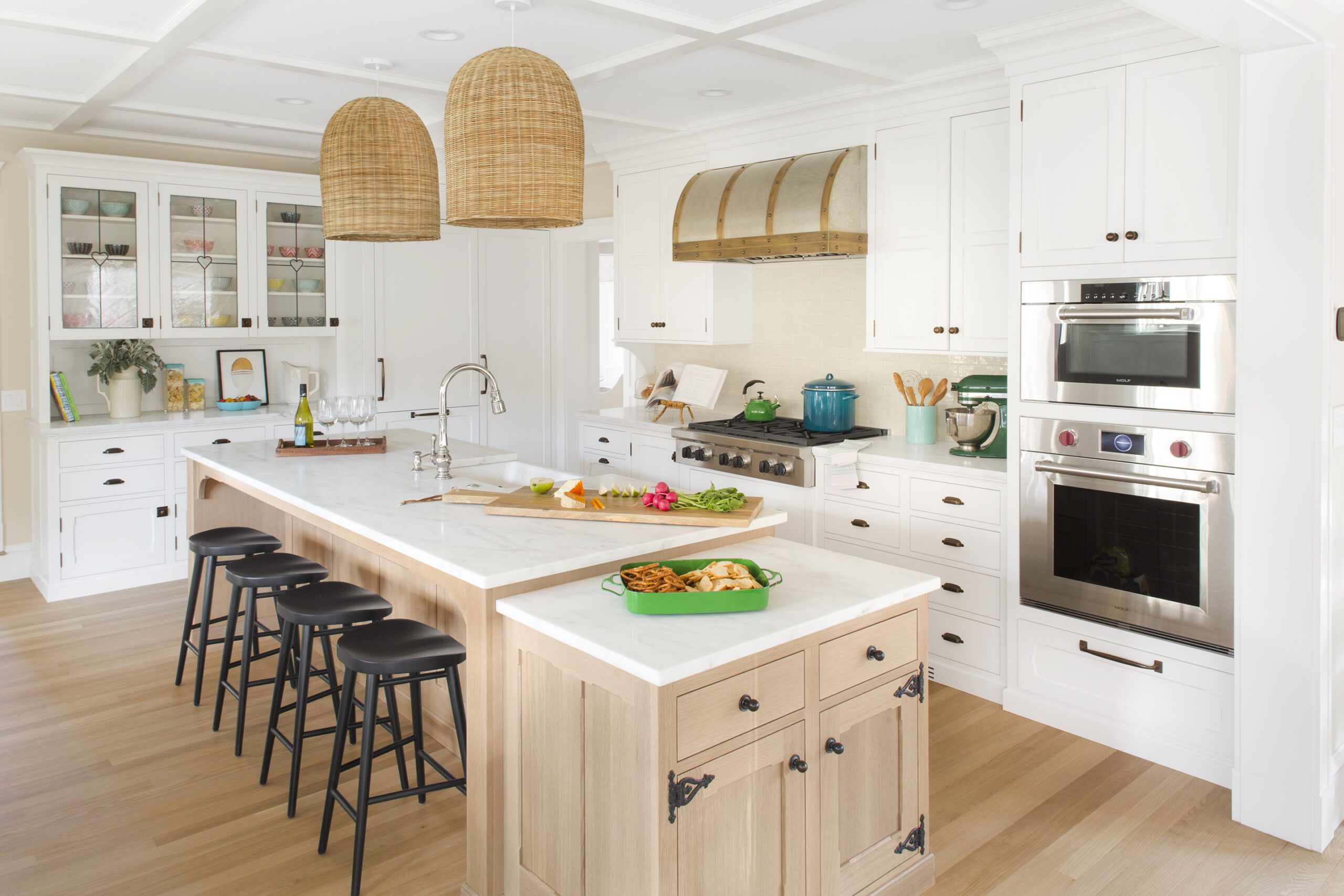
Custom cabinets are a big strain on your budget, but there are ways to achieve a high-end look without the premium price tag. Stock cabinets are the most affordable option in standard sizes and limited styles. Semi-custom cabinets offer more flexibility in sizing and design options at a mid-range price point.
Ready-to-assemble cabinets are a DIY-friendly option to save labor costs while providing quality materials. To balance cost and aesthetics, consider mixing cabinet types, using custom or semi-custom for unique spaces and stock cabinets for standard areas. Incorporating open shelving alongside cabinets can create a stylish look without significantly reducing costs and offer easy access to everyday items.
Invest in New Windows
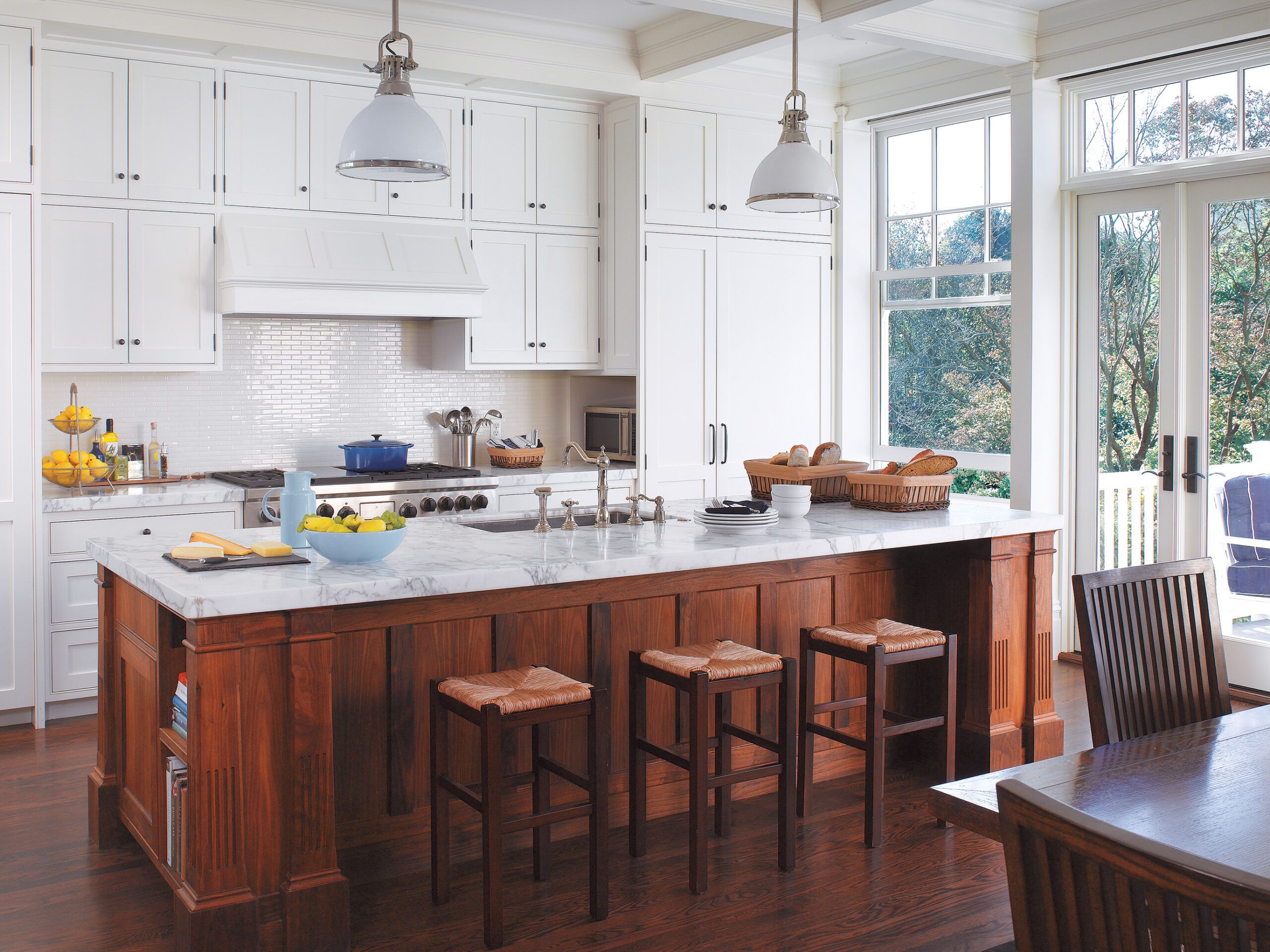
While replacing windows doesn’t necessarily require a full gut renovation, a major remodel is an opportune time to upgrade or relocate them. The cost of replacing windows can pay off in the long run by enhancing your kitchen’s comfort and creating a more energy-efficient space. When selecting new windows, choose ones that complement your home’s architectural style, especially in older or historic homes.
Consider your kitchen’s orientation and select windows that maximize natural light and ventilation. Opt for double- or triple-pane windows for improved insulation and noise reduction.
Energy-Efficient Appliances for Your Kitchen Remodel
Choosing energy-efficient appliances helps reduce long-term operating costs and minimize your environmental impact. We recommend the following:
- Energy Star-certified refrigerators: Use much less energy than noncertified models
- Induction cooktops: Have faster cooking times and use less energy than traditional electric or gas stoves.
- Energy-efficient dishwashers: Use less water and electricity so you save resources and money on utility bills
- Smart appliances: Allow for remote monitoring and control, optimizing energy usage based on your habits and preferences
Go with energy-efficient options for small appliances such as microwaves and toaster ovens as well. These can further contribute to energy savings and a lower environmental footprint.
Maximizing Storage in Your Kitchen Remodel
Efficient storage solutions improve your kitchen’s functionality. We suggest incorporating these storage ideas into your remodel:
- Pull-out pantry shelves for easier access to items stored in deep cabinets
- Drawer dividers to keep utensils, cutlery, and small items organized
- Corner cabinet solutions such as lazy Susans or pull-out systems make use of often-wasted corner spaces
- Vertical storage that utilizes wall space with magnetic knife strips, pot racks, or open shelving
- Incorporating toe-kick drawers or integrating storage into your backsplash area
